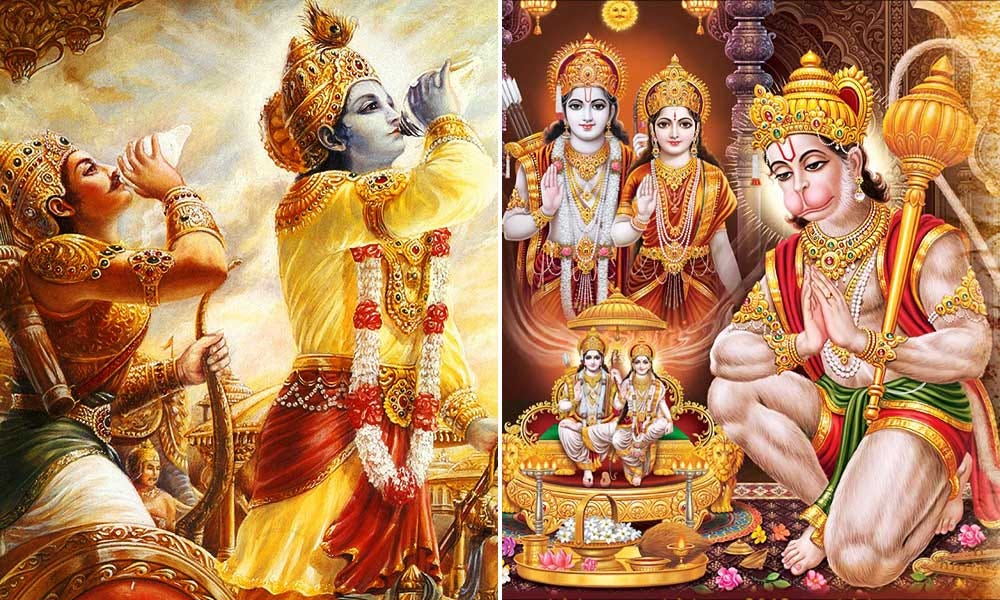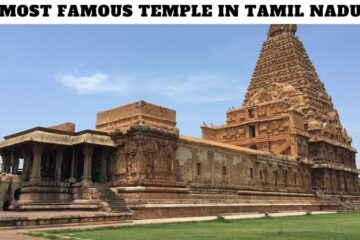
The Mahabharata and the Ramayana are two epic Sanskrit texts from ancient India, revered worldwide for their rich narratives, philosophical depth, and cultural significance. While both have captivated audiences for centuries, one has consistently outshone the other in terms of popularity. Here are the possible reasons why the Mahabharata seems to have a stronger hold on the public imagination.
1. Complexity and Depth
The Mahabharata is often described as an “encyclopedia of life,” encompassing a vast array of themes, from politics and warfare to spirituality and ethics. Its intricate plotlines, complex characters, and philosophical discourses offer a level of depth that resonates with readers seeking a more intellectually stimulating experience. In contrast, the Ramayana is often seen as a more straightforward tale of good versus evil, making it more accessible to a wider audience but perhaps less challenging for those seeking intellectual depth.
2. Relevance to Modern Life
The Mahabharata’s exploration of power struggles, family dynamics, and moral dilemmas continues to be highly relevant to contemporary society. Its portrayal of human nature, including its strengths and weaknesses, offers valuable insights into our own lives. The Ramayana, while still relevant, is often seen as a more idealized portrayal of human behavior, making it less relatable to the complexities of modern life.
3. Cultural Impact
The Mahabharata has had a profound impact on Indian culture, influencing art, literature, music, and even politics. Its characters, such as the Pandavas and the Kauravas, have become household names, and its stories have been retold and adapted countless times. While the Ramayana has also had a significant cultural impact, the Mahabharata’s broader scope and deeper exploration of human nature seem to have resonated more widely.
4. Regional Variations
The popularity of the Mahabharata and the Ramayana can vary across different regions of India. In some areas, the Mahabharata is more dominant, while in others, the Ramayana is preferred. These regional variations may be influenced by historical factors, cultural traditions, and personal preferences.
5. Adaptations and Retellings
The availability of adaptations and retellings can also play a role in popularity. The Mahabharata has been adapted into numerous films, television series, and plays, making it more accessible to a wider audience. While the Ramayana has also been adapted, the Mahabharata’s more complex narrative and broader appeal may have led to a greater number of adaptations.
In conclusion, while both the Mahabharata and the Ramayana are timeless classics, the Mahabharata seems to have gained a stronger foothold in popular culture due to its complexity, relevance, cultural impact, regional variations, and adaptations.


